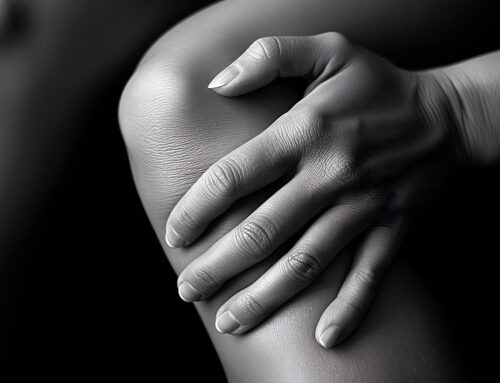Forward Head Posture and Corrective Exercises
For many people, neck and back pain is related to poor posture. Perhaps the most common postural dysfunction is leaning your neck too far forward and slouching in the lower back. Yes, our mothers were correct. Standing up straight is better for us. An interesting study now sheds some light on this and confirms what our mothers preached. This is especially the case if you have a lumbar disc herniation (frequently called a disc bulge or sciatica).

Lumbar radiculopathy is a topic that we’ve posted many blogs about. In a nutshell, it refers to nerve irritation or entrapment as the nerve leaves the spine. There are many different conditions related to lumbar radiculopathy and there are many terms used to describe this. Some are accurate terms, and some are slang. This list includes (but is not limited to) disc herniation, disc bulge, slipped disc and sciatica. Lumbar radiculopathy is an irritation of the spinal nerve, so the symptoms typically extend from the lower back and then down the leg. The pain can be excruciating.
The authors of the aforementioned study were curious if forward head posture (which is very common) had any impact on the treatment and recovery from lumbar radiculopathy.
Specifically, they investigated whether a spinal rehabilitation that aimed to correct forward head posture had a positive effect on this condition. The results were interesting especially because the study seemed well designed, had lots of participants (131) and looked at not just the short term difference but also the benefit two years after the exercise program was done. In the short term and also at the long-term follow-up, patients showed a statistically significant benefit after doing a rehabilitative exercise program that corrected forward head posture, reducing the pain associated with lumbar spine nerve irritation.
With respect to the study itself, the participants had confirmed, “poor posture” in the neck as well as a confirmed disc injury in the lower lumbar spine. Their symptoms also had to be present for longer than three months to be included in the study. Their “training” included education about their condition, strengthening of various muscles in the core area (including the transversus abdominus, lumbar multifidus and pelvic floor muscles), the neck (deep neck flexors) and shoulder retractors. Stretching the pectorals and neck extensors were also part of the treatment. Treadmill walking, shoulder strengthening, cognitive behavioural therapy (CBT) strategies and positive reinforcement were also part of the treatment for the participants.
So what does all this mean? If you have sciatica (a pinched nerve in the lumbar spine), it may be beneficial also to include exercises that promote overall proper posture. Specifically, exercises and strategies aimed at reducing your head from leaning forward. Even though your pain is in the lower back and leg, changing your overall posture has some evidence behind it! Contact us today if you would like to discuss this further! We serve Burlington, Oakville, Hamilton and the surrounding areas.
References
Moustafa IM & Diab AA. The effect of adding forward head posture corrective exercises in the management of lumbosacral radiculopathy: A randomized controlled trial. Journal of Manipulative & Physiological Therapeutics 2015; 38(3): 167-78.








